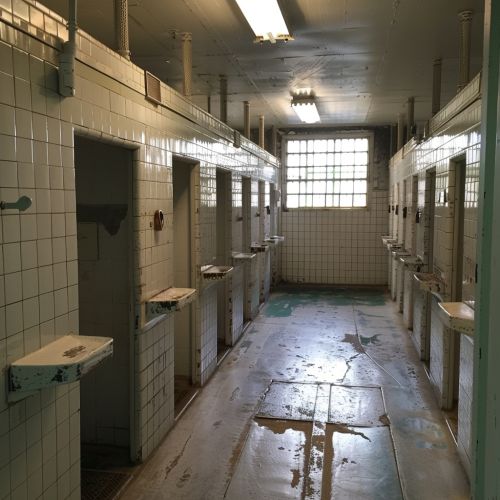Solitary confinement
Definition and Overview
Solitary confinement is a form of imprisonment distinguished by isolation from other inmates, nearly 22-24 hours per day, with minimal environmental stimuli. It is a punitive measure used in many penal systems around the world, often for disciplinary reasons, the safety of other inmates, or for the containment of individuals deemed dangerous.
History
The use of solitary confinement has a long and complex history. The practice can be traced back to the 19th century, when it was first introduced in the Eastern State Penitentiary in Philadelphia, USA. The institution's founders believed that isolation would lead to penitence, hence the term 'penitentiary'. However, this belief was challenged as early as the 1890s, when the United States Supreme Court noted the high rates of mental illness among prisoners subjected to solitary confinement.


Psychological Effects
The psychological effects of solitary confinement can be severe and long-lasting. Inmates may experience a range of mental health issues, including depression, anxiety, and hallucinations. Some develop a condition known as SHU syndrome, characterized by symptoms such as confusion, hallucinations, and overwhelming feelings of hopelessness and despair. The effects can be so severe that the United Nations has declared prolonged solitary confinement a form of torture.
Legal and Ethical Issues
The use of solitary confinement raises numerous legal and ethical issues. Critics argue that it constitutes cruel and unusual punishment, in violation of the Eighth Amendment to the United States Constitution. There are also concerns about the lack of due process in decisions to place inmates in solitary, as well as the disproportionate use of the practice against racial and ethnic minorities and individuals with mental health issues.
Alternatives to Solitary Confinement
In recent years, there has been growing interest in alternatives to solitary confinement. These include therapeutic communities, where inmates live and work together in a structured, supportive environment; and step-down programs, which gradually reintegrate inmates into the general prison population. Some jurisdictions have also implemented restrictions on the use of solitary, such as caps on the length of time inmates can spend in isolation.
